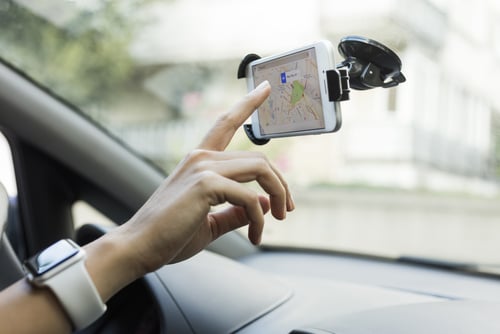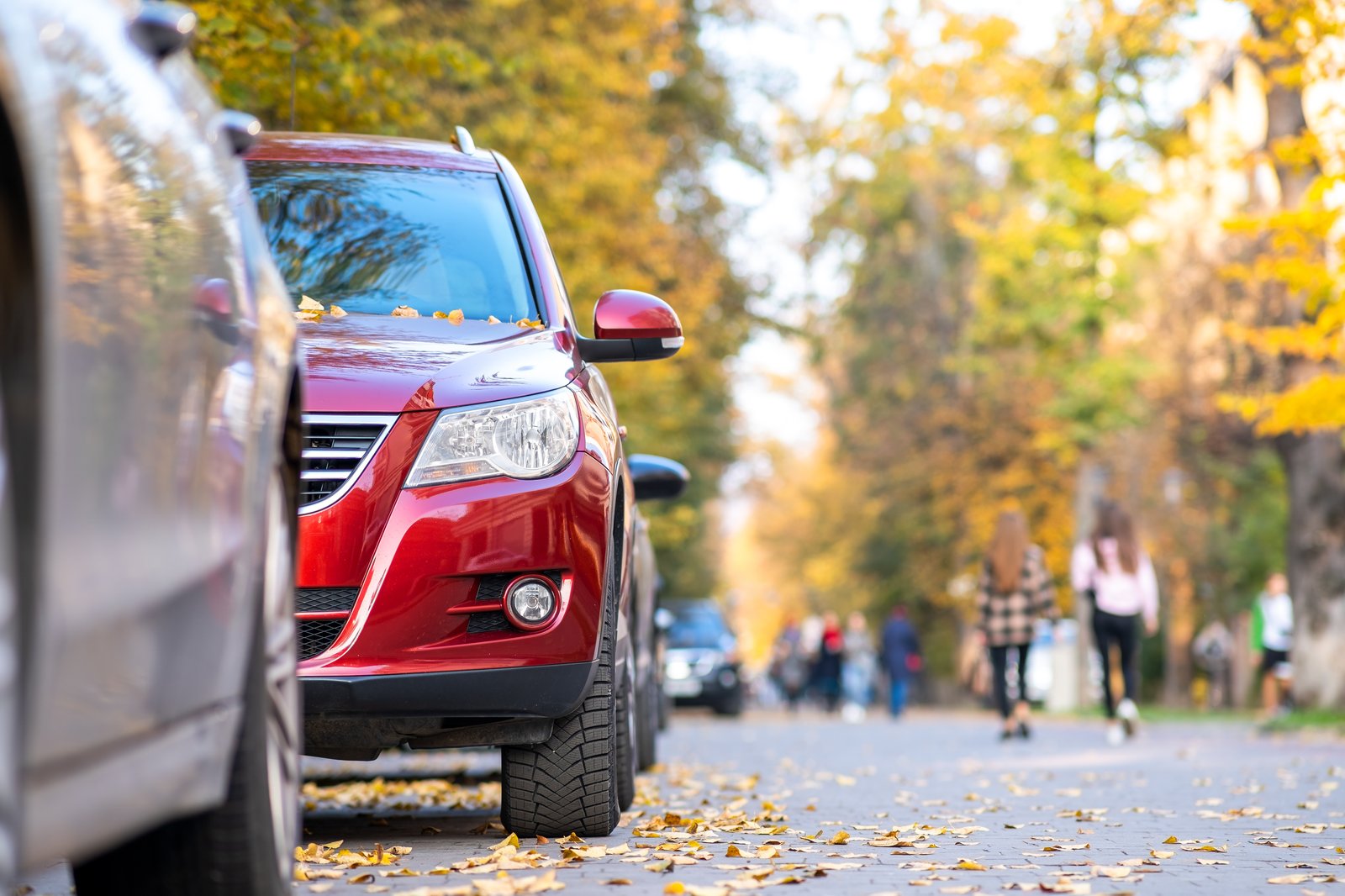
Last updated on June 19, 2023
Many potential electric car drivers suffer from range anxiety—the fear that their car’s battery will die mid-trip. The truth is that this fear is often unwarranted. While your car will eventually run out of battery if you drive far enough without charging, the average EV today has a 217-mile (350-kilometer) range – much more than the average commute distance in the EU or the US.
This article is written to answer each of these questions and ease your mind by presenting five clear reasons why range anxiety is –in most cases– unjustified.
- Charging an electric car is nothing like filling up
- You can charge while you park
- Charging stations are widely available
- Average EV range exceeds the average daily commute
- Fast charging infrastructure is more accessible than you think
Change can be daunting
Compared to the familiar and reliable gas pump, the concept of electric car charging can sound daunting to many. Whereas gas stations are a common sight around our roads, EV chargers are a relatively new technology and are often less visible in our urban landscape. It’s not surprising, then, that one of the first concerns people express about electric mobility is a lack of range, or the fear of running out of battery and not being able to find a charger. But is it warranted? And are today’s electric cars as reliable as internal combustion engine (ICE) vehicles?
What is range anxiety?
Range anxiety is the fear of driving an electric car and running out of power without being able to find a charging point on time to replenish the battery. According to our research in partnership with Ipsos, 43 percent of potential electric vehicle (EV) drivers feel uncertain about being able to charge their vehicle when they need to.
Is range anxiety warranted?
The fear of running out of charge is one of the biggest roadblocks to greater electric vehicle (EV) adoption. This phenomenon has as much to do with psychology and the historical perception of early EVs’ range as with the actual range of electric cars today (or the availability of charging points).
5 facts about electric cars and electric vehicle range
Owning or even driving an electric car is, for many, a completely new concept, and like any new experience, can come with many questions, doubts, and uncertainties. Range anxiety is a common and understandable concern – but it often isn’t grounded once you take a closer look. Let’s explore five facts about electric cars that can help address your range anxiety.
1. EV charging is nothing like getting gas
Switching to electric mobility is not just about trading the gas tank for a battery. The entire experience of owning an EV, and in particular, charging, is different.
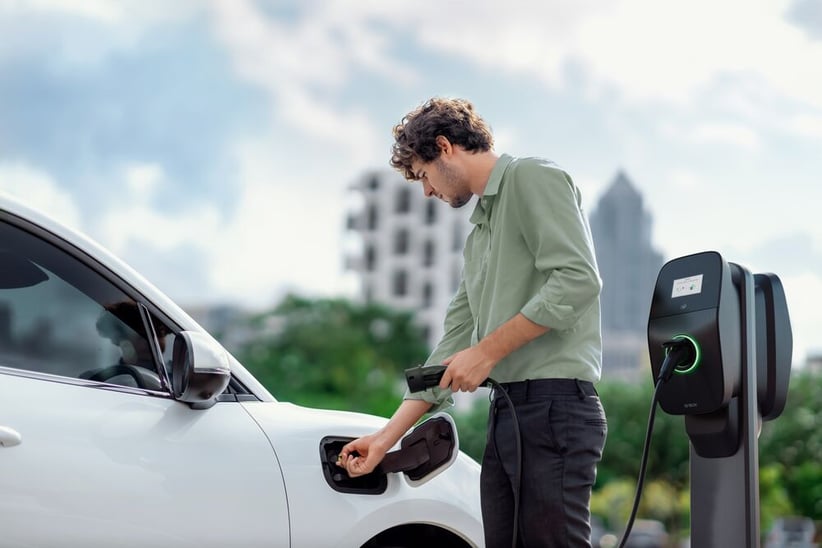
First, though, let’s address the elephant in the room – and the most common argument against electric vehicles: charging your electric car will (likely) always take longer than filling up your tank. Even the fastest DC charging will take at least 15 minutes to charge your battery, and even with new, more powerful chargers in development, it’s unlikely EV charging will match the speed of refueling anytime soon.
But this isn’t necessarily the hurdle it sounds like it is. Unlike combustion engine gars, where you wait until the fuel gauge nears empty, charging an electric vehicle is a much more frequent and casual act.
Instead of making the trip to a gas station every week or two, you can integrate EV charging into your daily life and take advantage of times when your car is parked to top up. Whether at home overnight, at work during the day, or at the grocery store or restaurant while you shop or dine, the opportunities to charge your electric car are plentiful.
Does this mean gas stations will disappear?
At first glance, it’s easy to think the fuel retail industry and the electric mobility sector are polar opposites and fundamentally incompatible. The truth is, many gas stations are investing in fast chargers to facilitate charging along motorways and supply electricity to business fleets, such as transport, delivery, and distribution companies.
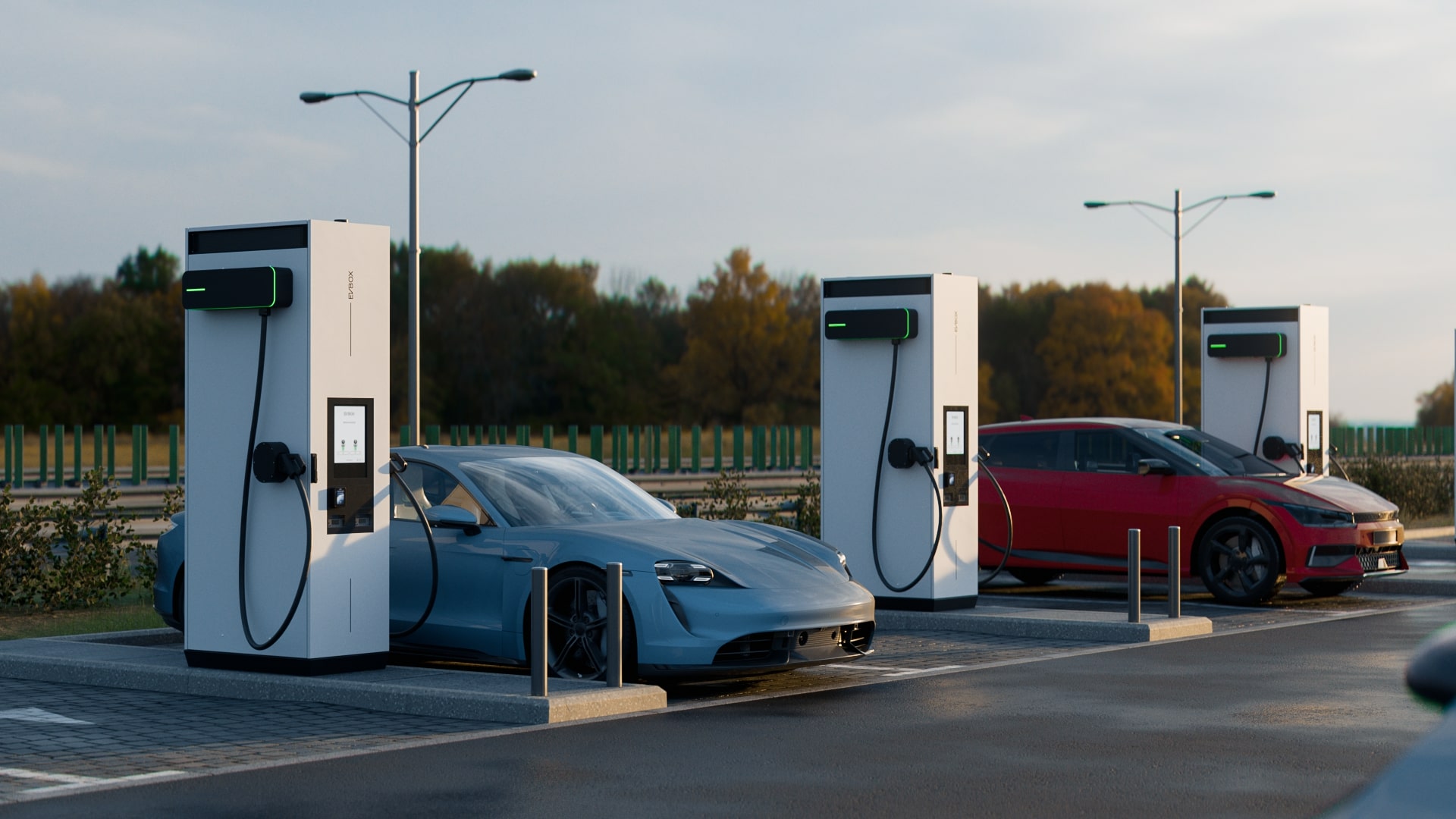
For fuel retailers, this is an opportunity to diversify their offering and leverage their locations alongside major roadways to attract EV drivers with the possibility of upselling auxiliary services such as convenience stores or food and beverage retail.
As an electric car driver, however, you are much less dependent on petrol stations and fast chargers for your everyday charging.
2. You can charge while you park
Consider this: on average, cars spend 96 percent of their time parked – in other words, more than 23 hours per day. Now, imagine hitting the road every morning knowing you have a full tank. For many electric car drivers, this is a reality.
One of the biggest advantages of driving an electric car is being able to charge when you’re not using it—and not just at home. Today, charging points can be found in many everyday locations, including at the workplace, retail locations, hotels, restaurants, public car parks, gas stations, or even cinemas or golf courses.
With electricity available almost everywhere, the locations that offer (or have the potential to offer) EV charging are diverse, plentiful, and expanding rapidly. This leads us to our next point.
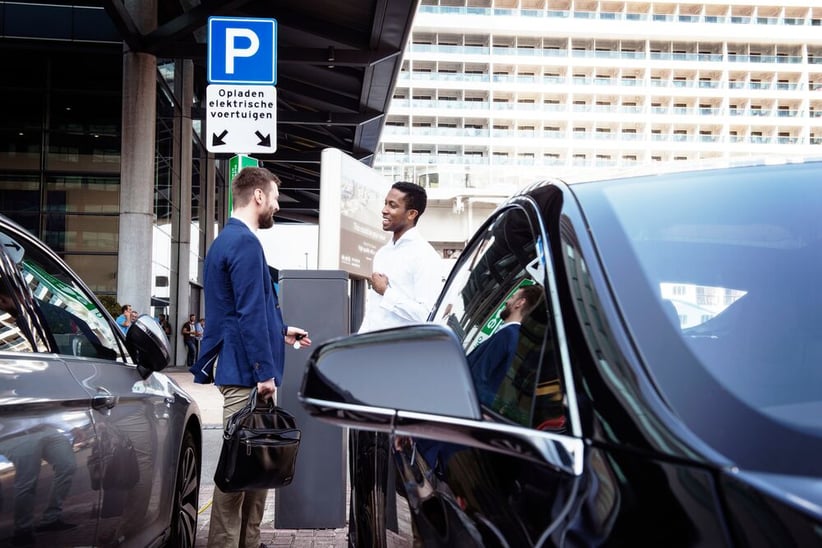
3. Charging stations are widely available
Many people switch to electric mobility in an effort to be more sustainable and reduce greenhouse gas emissions. Governments around the world are also creating legislation and launching incentives to support this much-needed switch.
One of the most important points on the agenda is the expansion and improvement of charging infrastructure. Today, there are over 26 million electric cars on the roads worldwide, and that number is projected to grow to over 240 million by 2030. To keep up with this exponential growth in electric vehicle adoption, the number of charging points will have to increase in tandem.
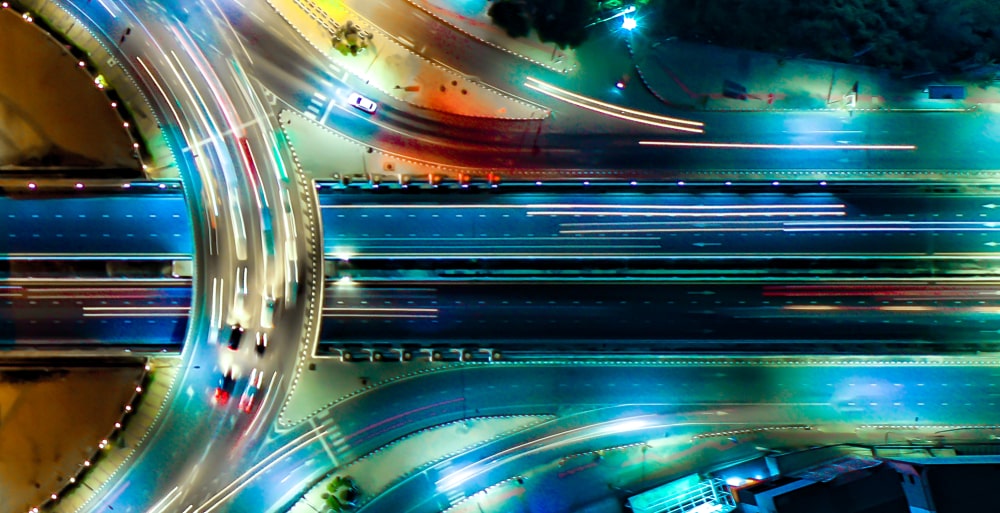
According to PwC, the bulk of charging will still take place at home, but readily accessible public charging will be instrumental in supporting EV growth.
Are there enough charging stations for electric cars?
For the most part yes, but the charging infrastructure needs to grow to meet tomorrow’s demand. To give you an idea, in 2022, there were around 2.7 million public charging points installed globally. By 2030, this number is estimated to be over 13 million.
It’s also worth noting that EV charging infrastructure is not distributed equally across countries and regions – while there were roughly 17,500 public EV charging points in Sweden in 2022, Greece only had about 3,000 in the same year, despite both countries having a nearly identical population.
4. Average EV range exceeds average daily distance driven
Even in the early days of the electric car, when the maximum range was much less impressive and batteries were much more expensive than today, range anxiety was unfounded for most people’s daily driving.
In 2010, when the world's first mass-market electric car, the Nissan LEAF, appeared on the road, it had a maximum range of approximately 109 miles. Since then, the range of an electric car has increased significantly, with the average range sitting at 217 miles, and many boasting a range above 300 miles.
That fact is most people don’t drive that far for their day-to-day commutes.
For instance, the average American drives 13,476 miles (21,687 km) per year or roughly 37 miles (59.5 km) a day. In Europe, this average differs by country, but tends to be lower than the US. Germans, for example, drive an average of 19 km (11 miles) per day, while in Greece, this number can be as low as 5.6 km (3.4 miles) per day.
So, the real question is, how much range is enough for your everyday driving? As, based on these recent statistics, even the 2010 Nissan LEAF would surpass the daily commuting needs of most.
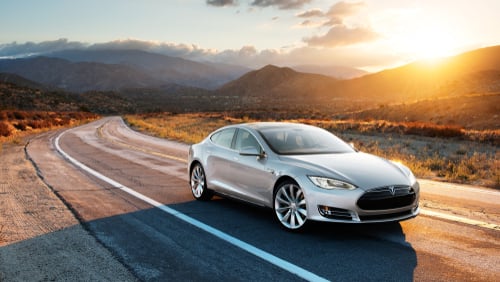
5. Fast charging infrastructure is more accessible than you think
Of course, where range can become a sticking point is for long-haul journeys. Even with some top-of-the-line EVs boasting comparable range to gas cars, you will most likely need to stop to charge at some point in your trip.
This is where fast charging takes all its importance. Depending on the charging station and the maximum power output your car can handle, a DC fast charger can fully charge most EVs in anywhere between 15 minutes and an hour. This will mean taking a longer break than you would have to fill up a gas car’s tank. Consider, however, that given the average EV’s 217-mile range, which would take almost 3 hours of driving at highway speeds to use completely, you probably will want to take a break anyway to eat, drink, and stretch your legs.
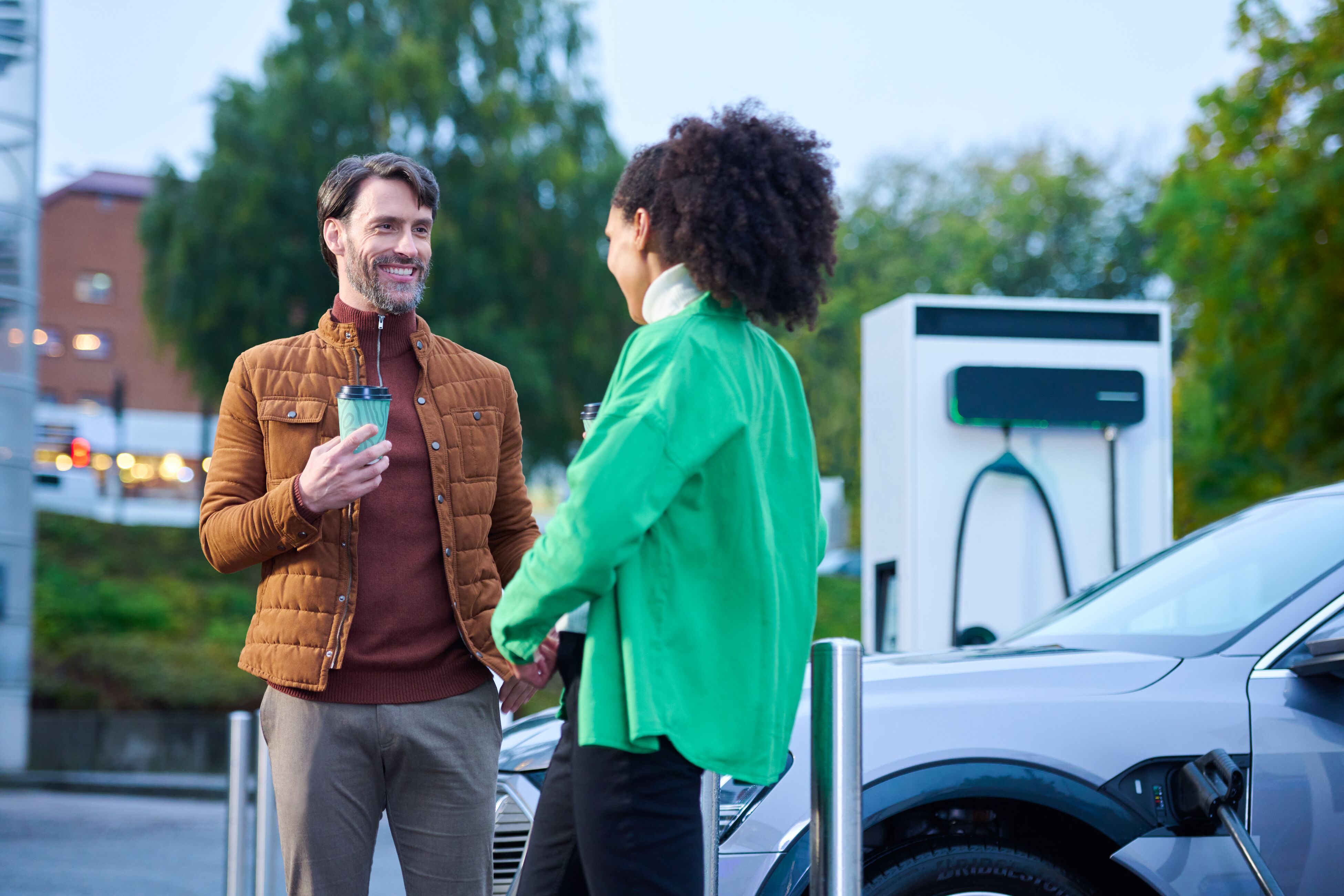
In fact, the AAA recommends taking a break every 2 hours or 100 miles, while in the UK, Rule 91 of the Highway Code suggests taking a 15-minute break every 2 hours of driving. So, that short break to top up your EV every few hours may not be such a bad idea after all.
Are there enough fast charging stations for electric cars?
Just like regular charging infrastructure, mostly, yes. Although the answer again depends on where you live. Like public AC chargers, fast chargers are distributed unevenly across countries, and due to their high cost, fast charging infrastructure can often lag behind other types of EV chargers. Still, fast charging infrastructure has grown significantly in recent years, and with significant policy measures across the US, EU, and China aimed at increasing fast charging station buildout, the accessibility of fast chargers will only improve in the years to come.
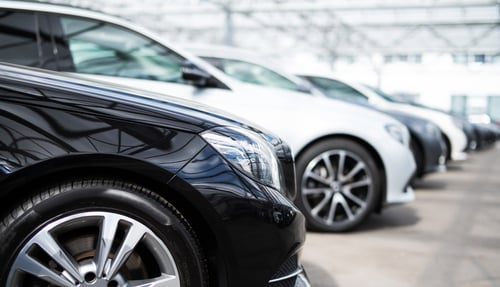
The fear of change
Ultimately, the range anxiety many feel has as much to do with the unfamiliarity with electric cars as their actual range and charging infrastructure limitations. For generations, combustion engine vehicles have helped us reach our destinations without any hick-ups. It is what we know, rely on, and what has been the norm for a long time.
But as climate change becomes increasingly alarming and societies around the world tackle greenhouse gas emissions, the time for diesel and gas cars is ticking. It is no longer a question of whether, but when electric mobility will become the new dominant mode of transport.
Electric mobility can understandably be a daunting new concept – from the different types of charging, to how to pay and how to use a charging station, there are many new aspects to consider. To learn more about EV charging, have a look at our comprehensive introductory guide on the topic.
Related articles
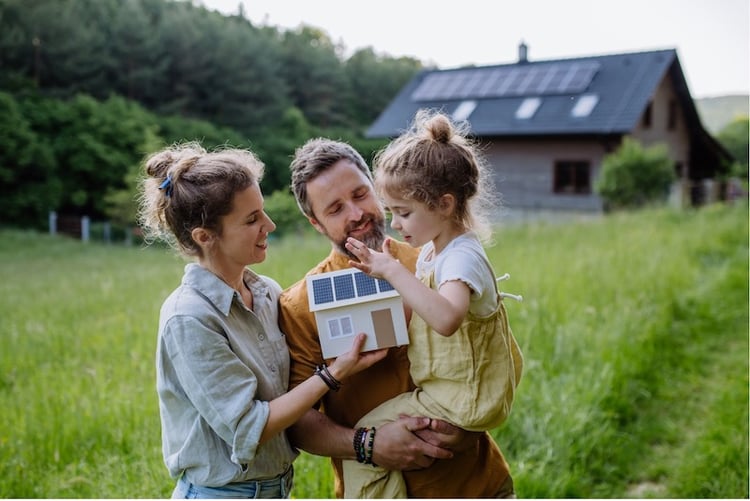
Smart Charging for Solar EV Systems: What is possible today?
There are a variety of smart solutions available, capable of optimizing your solar EV charging system in different...

Can solar EV charging save you money?
Charging your EV using household solar panels can indeed save you money on your utility bills. How much money solar EV...
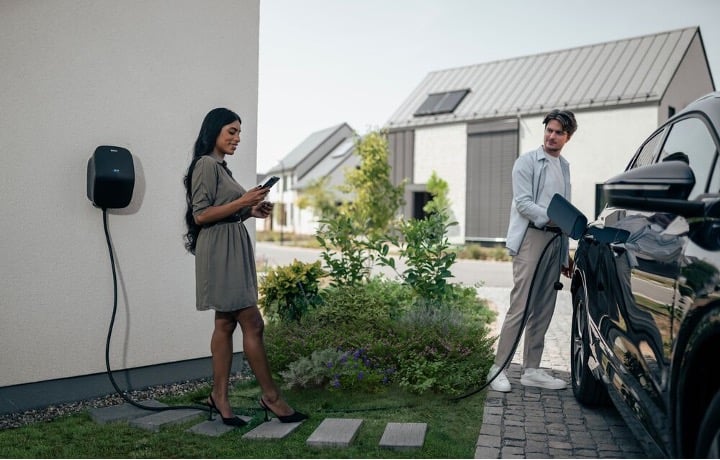
How to optimize your solar set-up for charging electric cars at home
There are several ways EV drivers can optimize a homegrown solar system to ensure their EV recharging needs are met....
